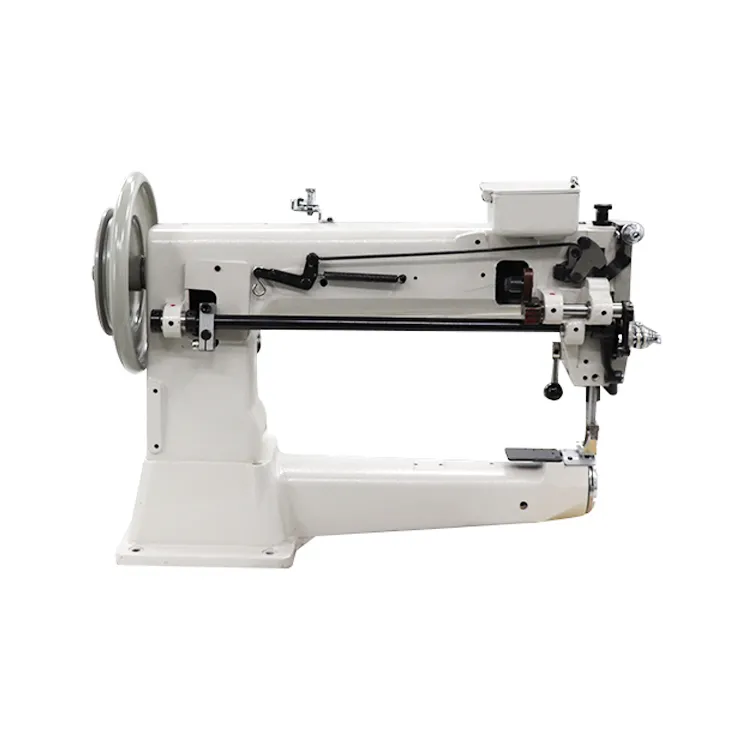standard sewing machine needle
Understanding the Standard Sewing Machine Needle
When it comes to sewing, the importance of the right tools cannot be understated. Among these tools, the sewing machine needle is paramount. A standard sewing machine needle might appear to be just a simple metal shaft with a point and a hole, but its variety and specification play a critical role in the quality and efficiency of your sewing projects.
Types of Standard Needles
Standard sewing machine needles come in different types, each designed for specific tasks and fabrics
. The most common types include universal, ballpoint, and sharp needles.1. Universal Needles As the name suggests, universal needles are versatile and suitable for a wide range of fabrics, including woven and knit materials. They feature a slightly rounded tip that allows them to pierce through most fabrics without causing damage, making them ideal for everyday sewing tasks.
2. Ballpoint Needles These needles are specifically designed for knit fabrics. The rounded tip of a ballpoint needle pushes the fibers apart rather than piercing them, which helps to prevent snags and runs in stretchy materials like T-shirts and jersey fabrics.
3. Sharp Needles For more delicate and tightly woven fabrics, sharp needles are the go-to choice. Their finely tapered point allows for precise stitching, making them perfect for lightweight materials like silk and tulle.
standard sewing machine needle

Understanding Needle Sizes
In addition to the type of needle, size is another crucial factor. Needle sizes are indicated by numbers; the higher the number, the thicker the needle. For instance, a size 70/10 needle is suitable for lightweight fabrics, while a size 100/16 would be used for heavier materials like denim or canvas. Choosing the right size needle is essential to avoid fabric damage and ensure smooth sewing.
How to Change the Needle Properly
To maintain the performance of your sewing machine and ensure quality stitches, it’s vital to replace the sewing machine needle regularly. A dull or damaged needle can cause uneven stitching and even lead to fabric snags. A good rule of thumb is to replace the needle after every project or after 8 hours of sewing. To change the needle, make sure the machine is off, then loosen the needle clamp and remove the old needle. Insert the new needle with the flat side facing the back of the machine, tighten the clamp, and you’re ready to sew!
Conclusion
In conclusion, the standard sewing machine needle may be small, but its impact on your sewing projects is significant. By understanding the different types of needles and their appropriate uses, along with their sizes, sewers can improve their craft and achieve professional results. Whether you are a beginner or an experienced sewist, taking the time to select the right needle for your fabric and project can enhance your overall sewing experience, making it enjoyable and successful. Happy sewing!
-
Boost Production Efficiency with a Pattern Sewing MachineNewsAug.29,2025
-
Industrial Excellence with the Best Heavy Duty Sewing MachineNewsAug.29,2025
-
Precision and Power with the Best Pattern Sewing MachineNewsAug.29,2025
-
Reliable Bulk Packaging Starts With the Right FIBC Sewing MachineNewsAug.29,2025
-
Advanced Packaging Solutions: Elevate Productivity with Jumbo Bag Sewing Machine and Industrial Stitching EquipmentNewsAug.29,2025
-
High-Performance Solutions for Bulk Packaging: FIBC Sewing Machine and MoreNewsAug.29,2025
-
Maximize Efficiency with an Industrial Cylinder Arm Sewing MachineNewsAug.28,2025


























